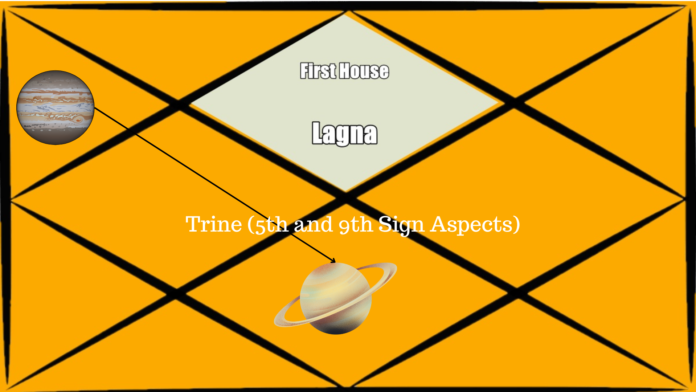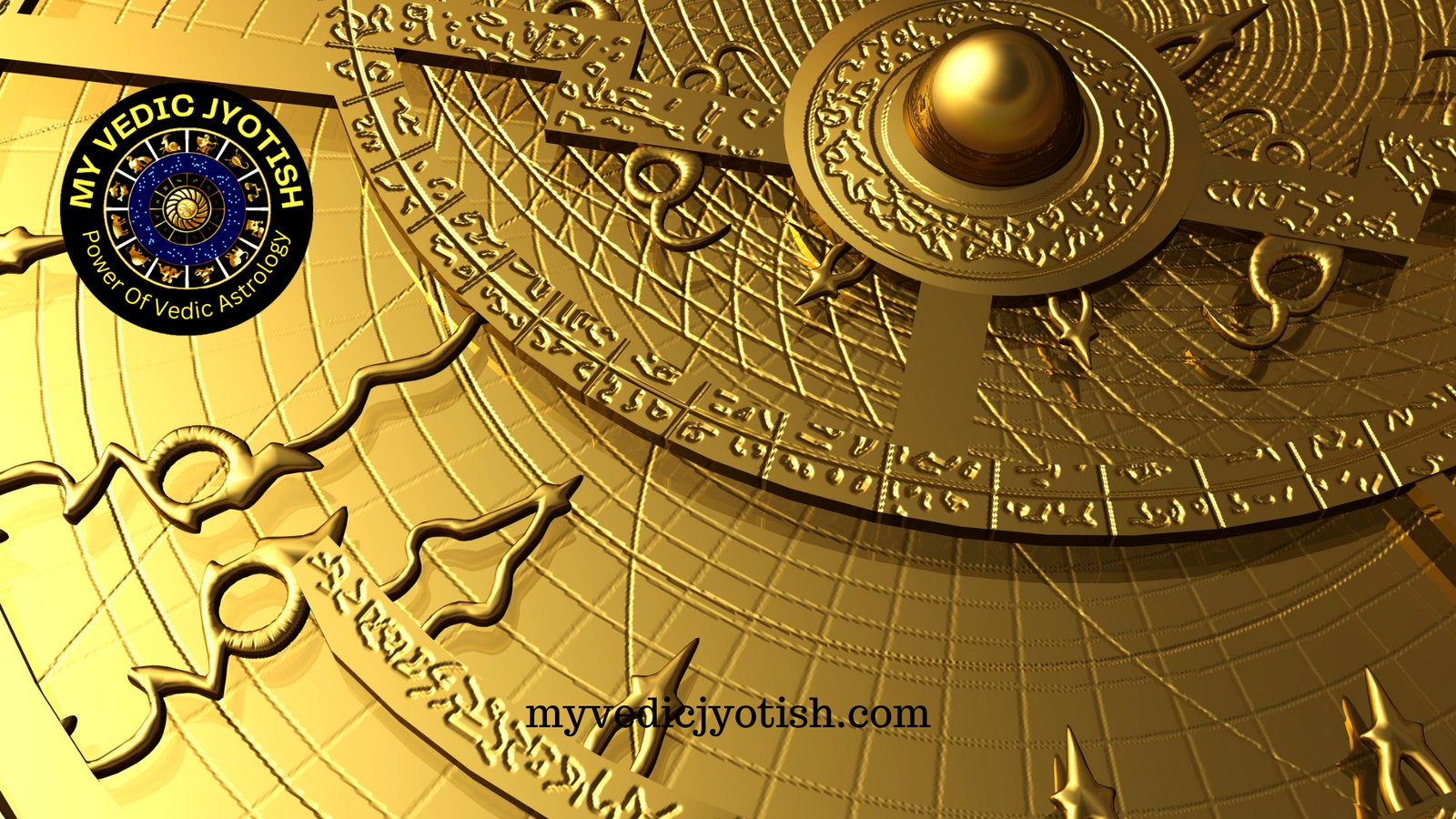Understanding the combined influence of planetary placements and aspects in astrology is crucial for comprehensive and accurate interpretations. Here are some key points to consider when analyzing the combined influence:
- Individual Planet Interpretation: Begin by analyzing the individual planet placements in the birth chart. Study the significations and qualities of each planet, including its natural characteristics, house placement, and any aspects it forms with other planets. This provides a foundation for understanding each planet’s influence.
- Aspect Interactions: Pay attention to the aspects formed between planets. Explore how the aspects modify and shape the expression of each planet’s energy. Consider the aspect type (conjunction, opposition, trine, square, sextile, quincunx) and its inherent dynamics. Each aspect brings a unique flavor to the planetary energies involved.
- Assess Strengths and Weaknesses: Evaluate the strength or weaknesses of each planet. Consider factors such as the planet’s dignity (exaltation, debilitation), house placement, and any additional influences like planetary rulerships or conjunctions. Strongly placed planets tend to exert a more significant influence, while weakly placed planets may struggle to express their energies fully.
- House Significances: Understand the areas of life represented by the houses in which the planets are placed. The house placements provide context for how the combined influence of planets manifests in different aspects of life. Analyze the specific themes associated with each house and how the planetary placements and aspects interact within those areas.
- Harmonious and Challenging Aspects: Consider the balance between harmonious and challenging aspects in the birth chart. Harmonious aspects (such as trines and sextiles) suggest ease, flow, and supportive energies between planets, while challenging aspects (such as squares and oppositions) indicate tension, conflicts, and growth opportunities. Analyze how these aspects shape the individual’s experiences and personal dynamics.
- Patterns and Configurations: Look for patterns, configurations, and clusters of planets in the birth chart. Pay attention to stelliums (concentration of planets in one sign or house), grand trines (a triangular formation of trine aspects), or T-squares (a configuration involving opposition and two squares). These patterns provide additional layers of meaning and influence within the chart.
- Synthesis and Integration: Synthesize the information from the individual planet placements, aspects, house significances, and patterns to create a comprehensive interpretation. Consider the overall balance of energies, the dominant themes, and the interplay between different planetary influences. Remember to take into account the individual’s unique life circumstances and personal experiences when interpreting the combined influence.
It’s important to approach the analysis with an open mind, allowing the chart to reveal its nuances and complexities. Continuing to study astrology, practicing chart interpretation, and seeking guidance from experienced astrologers will enhance your understanding of the combined influence of planetary placements and aspects.



